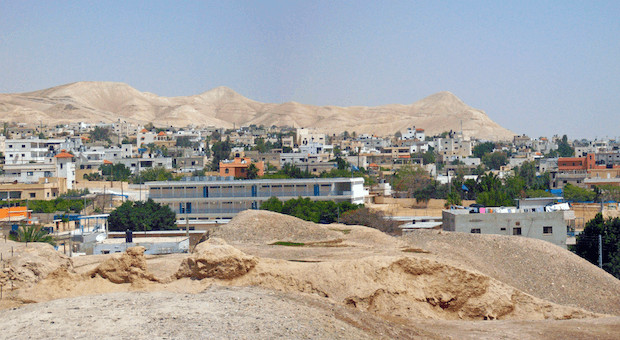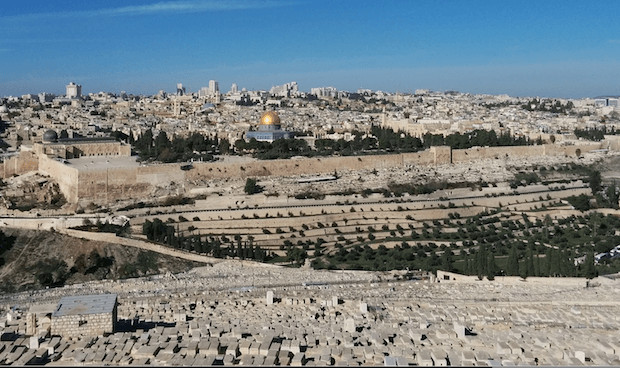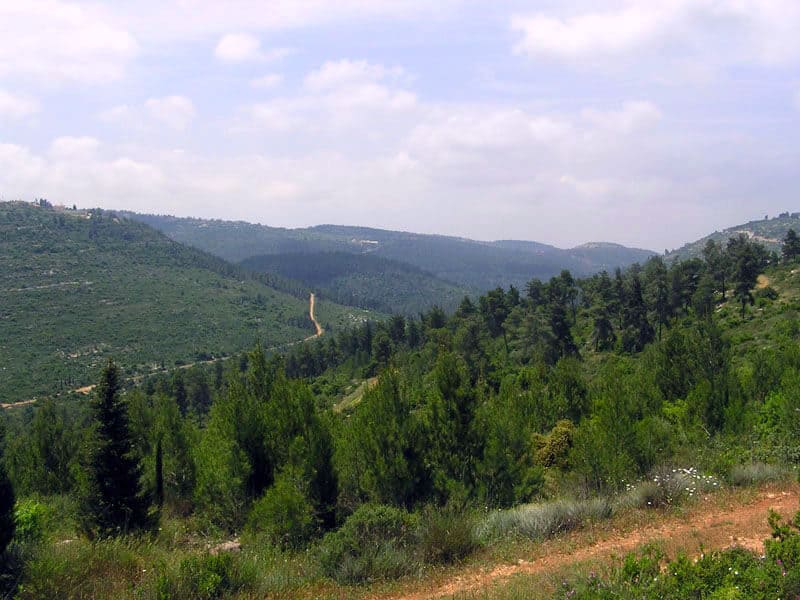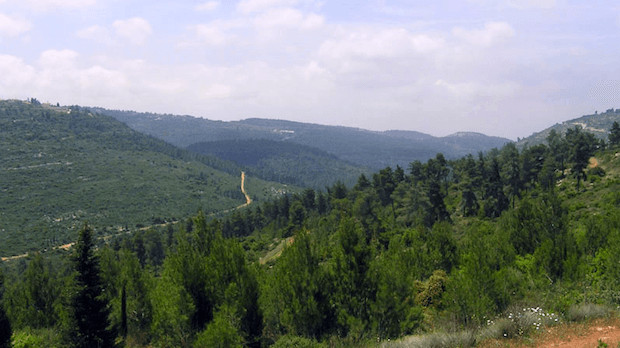The geography of Israel is more than side trivia for the events in the Bible—it’s the stage God chose to place the characters of his story.
The narrative unfolds across many different landscapes, from the Mediterranean coastal region to the lower Galilee to the southern desert and beyond. It’s an epic story of God’s kingdom expanding from a garden to the whole known world.
The Bible’s original audience would’ve known these places and regions and why they were important to the story.
But today’s Bible readers often skip over details about the land. They read the names of places, but there’s no meaning attached.
And when we don’t know the land, we don’t really know the whole story. It’s like watching a play without a backdrop or props.
Geography drops you right in the middle of the setting of God’s grand narrative and brings it to life.
Here are three specific benefits of studying biblical geography.
1. You’ll better understand God’s placement of the land.
The location of the land of Israel is no accident. This narrow strip along the Mediterranean coast functioned as a bridge connecting Asia and Africa. In Jesus’ time, the only way to travel between Egypt and Mesopotamia was by trade routes that ran through Israel.
This made Israel a means for international power, wealth, and trade.
But God’s unique design and placement of Israel also perfectly positioned its people to complete their charge to be a “light to the nations” (Isa 49:6).
When foreign nations passed through, Israel could either draw them to the Lord or be influenced by them.
See, I have taught you statutes and rules . . . that you should do them in the land that you are entering to take possession of it. Keep them and do them, for that will be your wisdom and your understanding in the sight of the peoples, who, when they hear all these statutes, will say, ‘Surely this great nation is a wise and understanding people.’ For what great nation is there that has a god so near to it as the Lord our God is to us, whenever we call upon him? (Deut 4:5–8)
By keeping God’s instruction, the nation of Israel would reflect God and his character to a watching, godless world.
2. You’ll see the accuracy of Scripture.
The accuracy of geographical information in the biblical accounts—locations, distances between cities and towns, climate, and geology—would have been hard to fake. There were no atlases, only eyewitness accounts documented by the Bible’s ancient writers.
In John 5:1, for example, the apostle wrote that a “feast of the Jews” was approaching, so Jesus “went up to Jerusalem” (emphasis mine).
Jerusalem is nestled in a high mountain ridge in Israel’s hill country, about 2,500 feet above sea level. The route to get there is uphill most of the way; pilgrims would climb a vertical displacement of some 3,370 feet to reach the city.1
The Bible is full of these geographic markers:
- Jesus was baptized “in Bethany across the Jordan” (John 1:28)
- “A man went down from Jerusalem to Jericho” in the parable of the good Samaritan (Luke 10:30)
- The psalmist declared the mountains “surround Jerusalem” (Psalm 125:2)
The first time I visited Israel, I realized how accurate these markers are. Ancient Bethany is on the east side of the Jordan River. Jericho is near the Dead Sea, 800 feet below sea level—the lowest city on the earth—unarguably “down from Jerusalem.”

On that trip as I stood contemplating Psalm 125:2 from the Mount of Olives, gazing down at Jerusalem’s white, limestone city walls, the psalmist’s words went from black and white to technicolor.
To the west is Mount Zion, several hundred feet higher than the city. The hills to the north and the south look down on Jerusalem as well.
The “mounts” indeed surround Jerusalem.

3. You’ll better interpret the Word of God.
B.J. Beitzel writes:
The Bible contains references to hundreds of place names, in addition to several scores of mountain names, water names, desert/wilderness names, regional names, territorial names, and the like. Even beyond these casual spatial references, there are numerous occasions when geography is tellingly employed as the interpretive axis around which the narrative itself revolves; in which case geography functions as a nexus of interpretation.2
Context is king when interpreting Scripture. But often geography is not adequately explored.
Yet the geology, topography, and climate is the proper context for the biblical narrative.
It may even be the “nexus of interpretation,”3 and we would fare well to study it.
***
For further insight into biblical geographical settings, I recommend the award-winning Lexham Geographic Commentary on the Gospels.
Karen Engle received her MA in Biblical Studies and Theology from Western Seminary. She is an editor for Faithlife and regularly takes groups to Israel.
- Riddle, A.D. “The Passover Pilgrimage from Jericho to Jerusalem.” In B.J. Beitzel’s (Ed.) Lexham Geographic Commentary on the Gospels (Matt 21:1–Luke 19:40). Bellingham, WA: Lexham Press, (2016).
- Beitzel, B.J., & Lyle, K.A. (Eds.). (2016). Lexham Geographic Commentary on the Gospels. Bellingham, WA: Lexham Press.
- Ibid.







